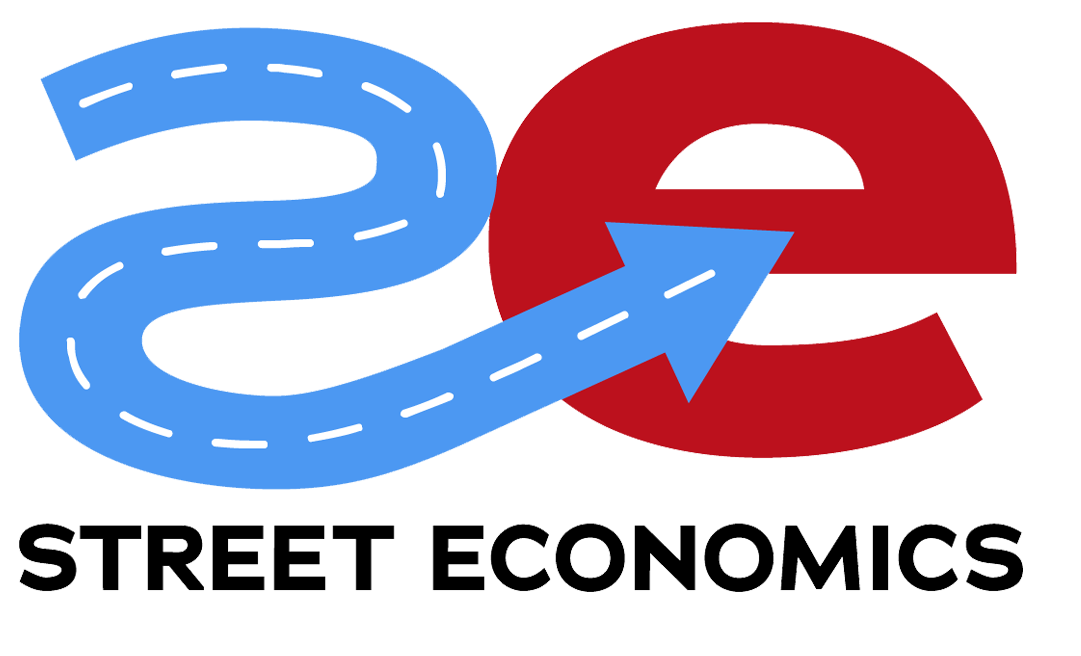Executive Summary
The new tariffs will likely create a mixed impact across South Florida’s smaller municipalities, with varying effects based on each community’s economic structure, industry mix, and demographic composition. Communities with agriculture-dependent economies (like Belle Glade and Indiantown) may face increased production costs but potential protection from foreign competition. Tourism-oriented economies (like Hollywood and Stuart) might experience price increases affecting visitor spending patterns. Manufacturing and distribution hubs (like Lauderhill and Virginia Gardens) could see supply chain disruptions but also potential opportunities for local production expansion.
Detailed Analysis by Economic Sector
Agriculture and Food Production
The agricultural sector in these communities will likely experience:
- Increased equipment and input costs: Farm equipment, fertilizers, and agricultural chemicals subject to tariffs will raise production costs
- Mixed impact on market competition: While foreign competition may decrease, export opportunities could be hampered if retaliatory tariffs are imposed
- Supply chain disruption: Food processing operations in these communities may face higher costs for imported packaging materials and equipment parts
Belle Glade’s agricultural economy, which has shown some resilience despite economic shocks, may face challenges from higher input costs, though its diverse population provides potential for innovative adaptations to economic challenges.
Retail and Small Business
Small businesses across these communities will experience:
- Higher inventory costs: Increased costs for imported goods will squeeze profit margins for small retailers
- Pricing challenges: Businesses must decide whether to absorb higher costs or pass them to consumers
- Cash flow pressure: As the BusinessFlare approach emphasizes, “Cash Flow is king and Cash Flow is what businesses live and die by”
The BusinessFlare philosophy highlights that even small fee increases can significantly impact small business viability, especially during economic downturns. The scenario becomes particularly challenging when businesses already operate on thin margins, as many do in these smaller municipalities.
Tourism and Hospitality
Tourism-dependent economies will likely see:
- Higher operational costs: Increased prices for imported goods used by hotels, restaurants, and attractions
- Potential visitor spending changes: If consumer goods prices rise significantly, tourists may allocate less spending to local businesses
- Opportunity for local sourcing: Communities that can source products locally may gain competitive advantages
Manufacturing and Logistics
These sectors will experience:
- Supply chain disruptions: Higher costs for imported components and raw materials
- Reshoring opportunities: Potential expansion of local manufacturing to replace imports
- Distribution cost increases: Higher transportation costs may be passed through supply chains
Community-Specific Impacts
Lake Park and Palm Springs
These communities have recently undergone rebranding and redevelopment planning. The tariffs could:
- Challenge small business vitality in their revitalization efforts
- Create opportunities to strengthen their identity around locally-produced goods
- Require adjustments to their redevelopment plans to account for new economic realities
Homestead
With its established position in both agriculture and urban development, the Homestead area may experience:
- Pressure on its agricultural sector from increased input costs
- Opportunities to capitalize on its position as both an agricultural producer and urban center
- Need to balance agricultural preservation with economic diversification strategies
Arcadia and Belle Glade
These agricultural communities mayface:
- Higher costs for agricultural inputs
- Potential labor market challenges if agricultural operations adjust employment
- Opportunities to strengthen value-added agricultural processing to offset higher production costs
Stuart and Hollywood
Communities with downtown identities will need to:
- Support their small retailers facing higher inventory costs
- Leverage their “sense of place” to maintain visitor attraction despite price pressures
- Consider targeted assistance programs for businesses most impacted by tariff-related costs
Indiantown and Virginia Gardens
These smaller communities may experience:
- Greater proportional impacts due to less diversified economic bases
- Challenges in municipal revenue if business activity declines
- Opportunities to develop niche economic roles in the regional response to tariffs
Strategic Recommendations
Short-Term Actions (3-6 Months)
- Establish Business Support Teams: Create dedicated municipal teams to help small businesses navigate tariff impacts
- Launch “Buy Local” Campaigns: Develop targeted marketing to encourage local purchasing as a buffer against import price increases
- Host Information Sessions: Provide businesses with clear information about which tariffs affect their sector and available resources
- Implement Temporary Fee Relief: Consider temporary reductions in local business fees to offset tariff-related cost increases, following the BusinessFlare focus on cash flow as a critical business factor5
Medium-Term Strategies (6-18 Months)
- Develop Local Supply Chains: Facilitate connections between local producers and businesses to reduce dependence on imports
- Explore Regulatory Efficiency: Review local regulations to reduce compliance costs during economic adjustment, aligning with the BusinessFlare values of certainty, credibility, and information6
- Target Investment Attraction: Focus economic development efforts on businesses that could benefit from tariff protection
- Create Small Business Adaptation Grants: Establish small grant programs to help businesses invest in technology or processes that reduce import dependence
Long-Term Initiatives (18+ Months)
- Diversify Economic Base: Implement strategies to broaden each community’s economic mix, reducing vulnerability to specific tariff impacts
- Invest in Workforce Development: Prepare local workers for potential industry shifts resulting from long-term tariff adjustments
- Strengthen Regional Collaboration: Develop coordinated regional responses that leverage each community’s strengths
- Revisit Community Plans: Update economic development plans to reflect new realities, using the BusinessFlare approach of reality-based strategy that grounds decisions in actual market conditions7
Implementation Framework
For effective implementation, local leaders should follow these principles:
- Ground strategies in reality: Focus on understanding actual market conditions rather than idealized scenarios
- Engage multiple stakeholders: Include public, private, and community representatives in developing responses
- Create detailed implementation plans: Establish clear timelines and responsibilities
- Measure outcomes and adapt: Implement tracking mechanisms to evaluate strategy effectiveness and adjust as needed
- Maintain transparent communication: Keep all stakeholders informed about impacts and response efforts
Sector-Specific Opportunities
Despite challenges, the tariff situation creates specific opportunities for South Florida communities:
Agriculture
- Develop value-added processing to offset higher production costs
- Explore agritourism expansion as additional revenue streams
- Invest in technology to improve production efficiency
Manufacturing
- Target reshoring opportunities for products affected by tariffs
- Develop local production of previously imported goods
- Create manufacturing incubators for emerging entrepreneurs
Tourism
- Emphasize authentic local experiences less dependent on imported goods
- Develop tourism offerings highlighting local production
- Create farm-to-table and artisanal programs showcasing local products
Retail
- Support transition to locally-sourced inventory where possible
- Develop cooperative purchasing programs to improve buying power
- Create “Made in South Florida” branding initiatives
Conclusion
The new tariffs will create both challenges and opportunities for South Florida’s smaller municipalities. Communities that take proactive, strategic approaches grounded in their specific economic realities will be best positioned to navigate these changes successfully. By focusing on the BusinessFlare principles of reality-based solutions, collaborative strategies, and implementation focus, these communities can develop effective responses that protect their economies while positioning for future growth.
The BusinessFlare approach emphasizes that “economic development is inevitable, but where it occurs is not”13. These tariff changes will redirect economic activity, and communities that prepare strategically will be able to attract that activity rather than losing it to better-prepared locations.



Comments are closed